Guide to Flooring Transitions
Types of Flooring Transitions and When to Use them
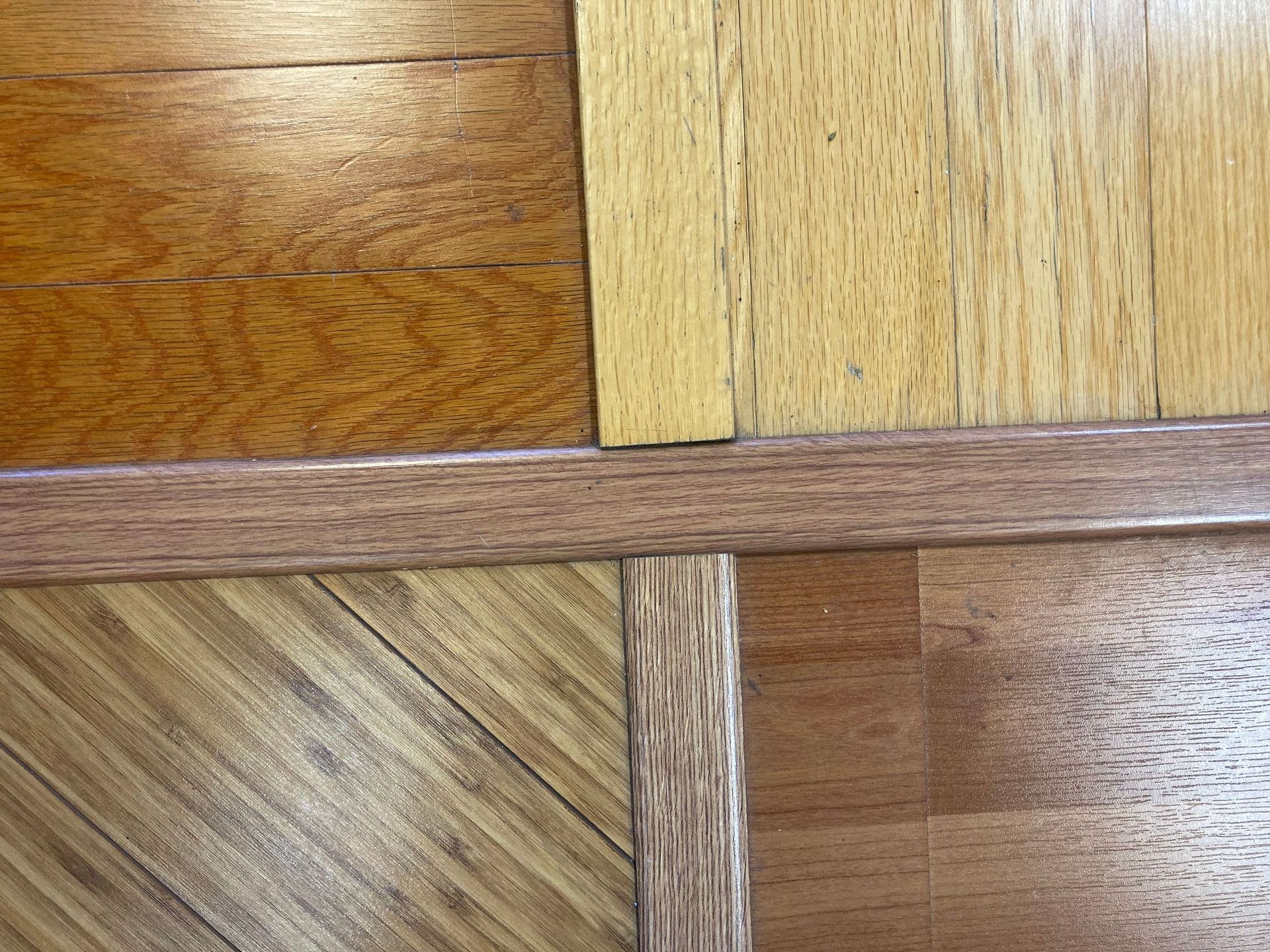
Flooring transitions are essential components that seamlessly connect different types of flooring in a home or commercial space. They ensure not only a smooth aesthetic flow but also practical benefits like safety and durability. Choosing the right type of transition depends on the materials, height differences, and the location where the transition will be applied. Here’s a guide to the most common types of flooring transitions and when to use them.
1. T-Molding
- Best for: Transitioning between floors of the same height, such as hardwood to laminate or tile to tile.
- Features: T-moldings have a "T" shape that fits into the gap between two flooring types. They require a small expansion gap for installation.
- When to Use: In doorways or open spaces where two floors of the same level meet. They are also ideal for creating a continuous visual flow between rooms with similar flooring types.
2. Reducer Strips
- Best for: Bridging floors with a slight height difference, such as vinyl to hardwood or laminate to tile.
- Features: These strips have a sloped edge that creates a gentle transition, reducing the risk of tripping.
- When to Use: Use reducer strips in areas where a higher floor needs to meet a thinner material, such as transitioning from thick hardwood to thinner vinyl.
3. Thresholds (or Saddles)
- Best for: Connecting different flooring materials in doorways.
- Features: Typically made of wood or stone, thresholds create a defined division while accommodating height variations.
- When to Use: Commonly used between carpet and hard floors or to transition between two hard surfaces in high-traffic doorways. Stone and marble thresholds are typically used in the doorways of bathrooms.
4. Carpet Transitions
- Best for: Creating a clean edge between carpet and hard flooring.
- Features: These strips secure the carpet’s edge while offering a smooth bridge to the adjacent hard surface.
- When to Use: In spaces like living rooms transitioning to kitchens or hallways where carpet meets tile or hardwood.
5. End Cap Moldings
- Best for: Terminating flooring at a vertical surface, such as a sliding door, fireplace, or wall.
- Features: End caps provide a finished look to the edge of the flooring while allowing room for expansion.
- When to Use: When flooring ends abruptly against a fixed object without continuing into another room.
6. Stair Nose Moldings
- Best for: Transitioning flooring onto stairs or step-downs.
- Features: Designed to cover the edge of the stair tread and connect it with the flooring above.
- When to Use: Use on staircases or when there’s a step between two different floor levels.
7. Quarter Round or Shoe Molding
- Best for: Covering gaps between flooring and walls or baseboards.
- Features: These small moldings add a decorative touch while hiding expansion gaps.
- When to Use: Install where flooring meets walls or cabinets for a polished, professional appearance.
8. Metal Transition Strips
- Best for: Heavy-duty or commercial spaces.
- Features: Durable and often used for industrial flooring transitions, these strips can withstand high traffic and resist wear.
- When to Use: Ideal for commercial buildings, kitchens, or areas with heavy foot or cart traffic.
Key Considerations When Choosing Flooring Transitions:
- Material Compatibility: Ensure the transition strip matches or complements both flooring types.
- Height Difference: Select a transition strip that accommodates any height variation between floors.
- Traffic Levels: Opt for durable materials in high-traffic areas to ensure longevity.
- Aesthetics: Match the transition strip’s color and finish to the flooring for a cohesive look.
Final Thoughts
Flooring transitions may seem like small details, but they play a significant role in the overall functionality and aesthetic of your space. By choosing the right type for each area, you can enhance the flow between rooms, ensure safety, and protect your flooring investment. When in doubt, feel free to consult with us to select the perfect transition piece for your project.
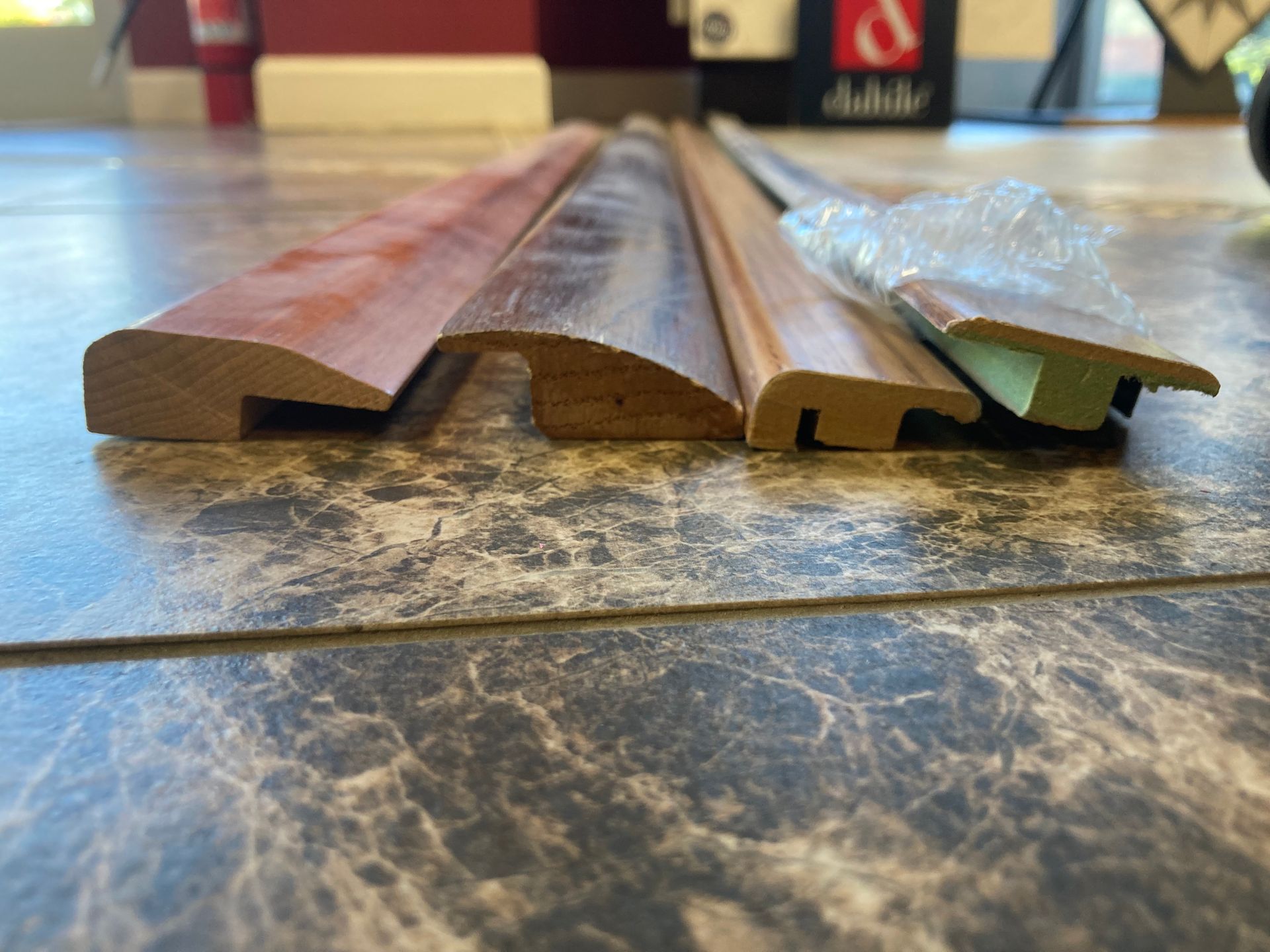


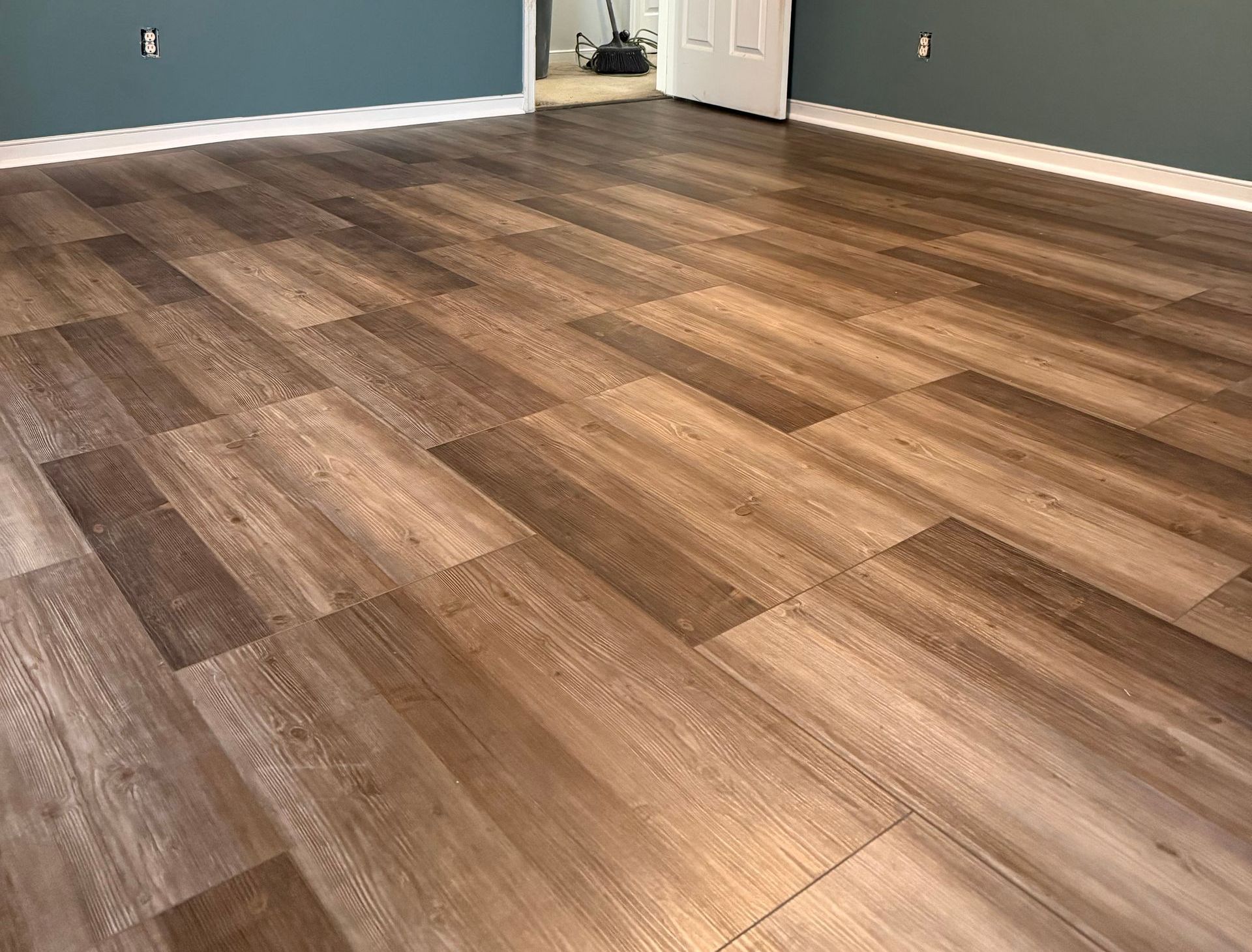
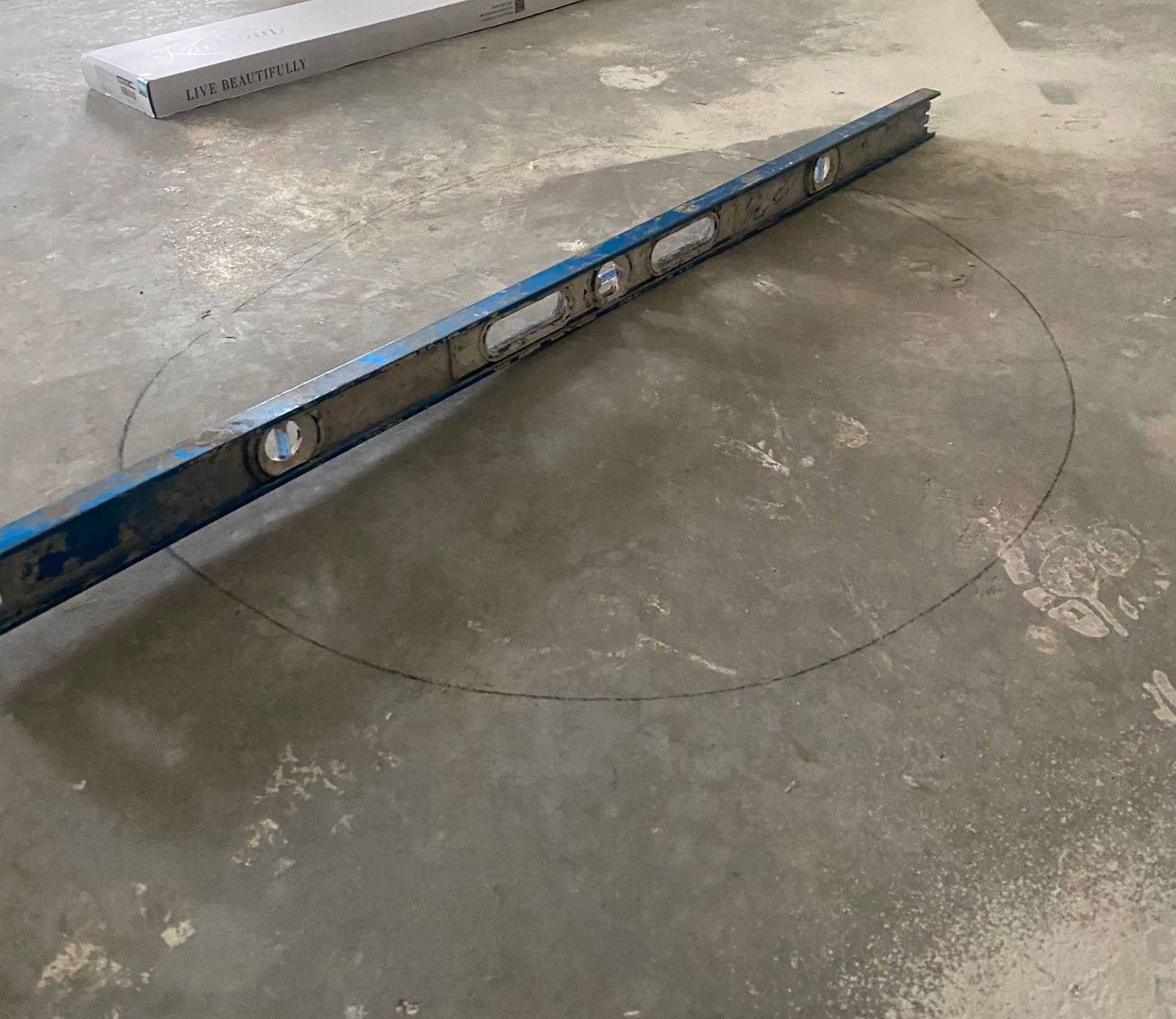
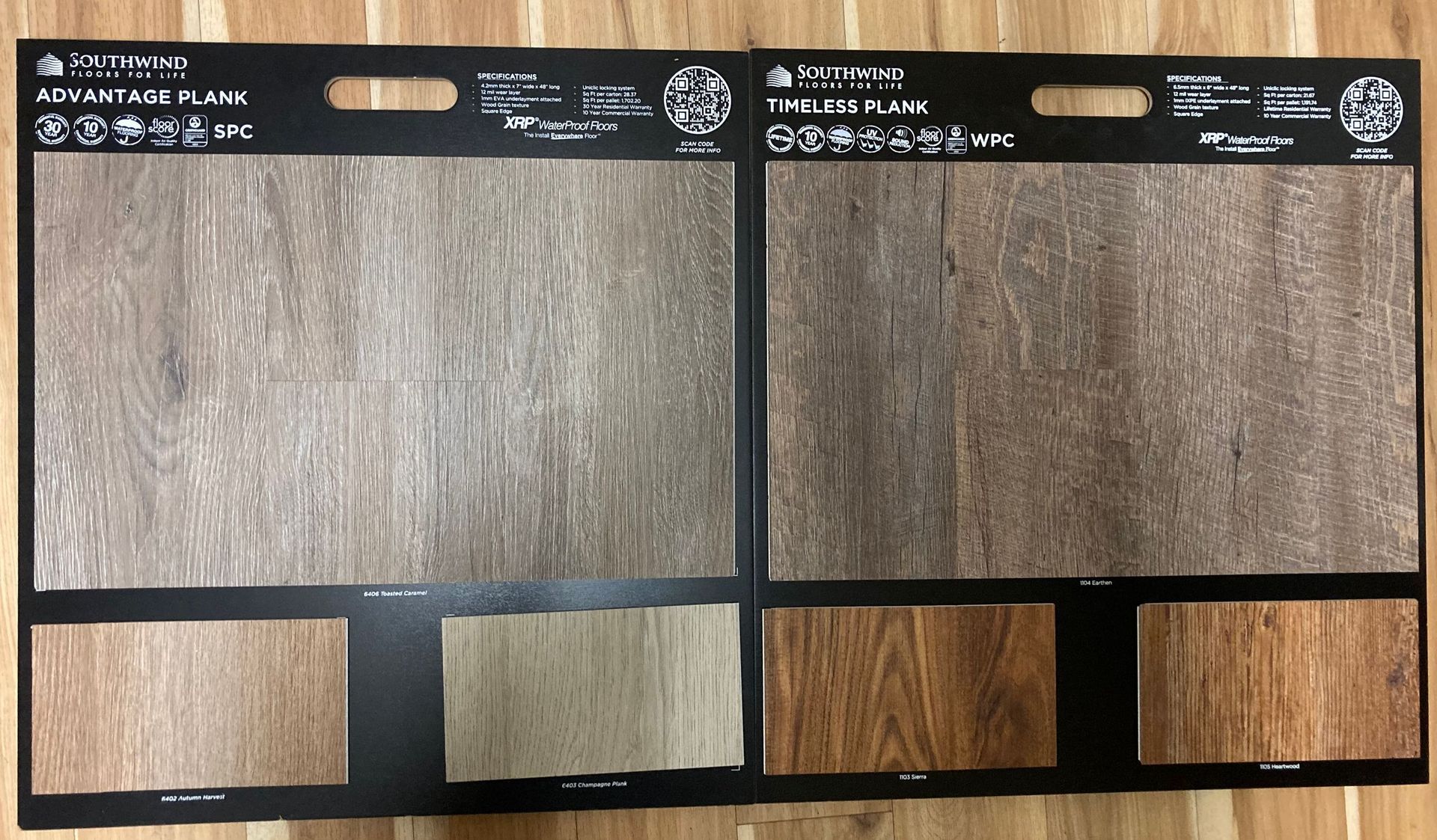
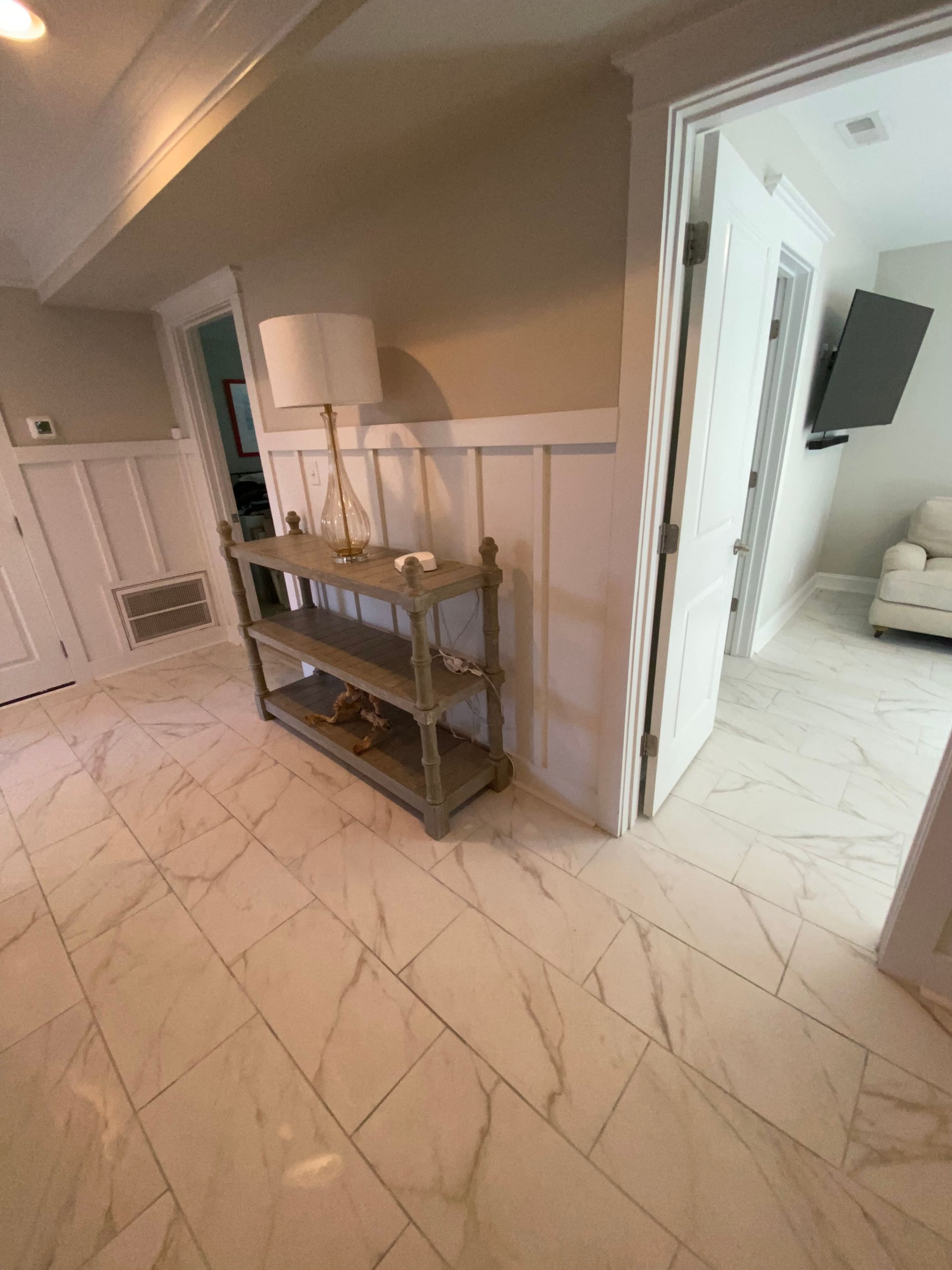
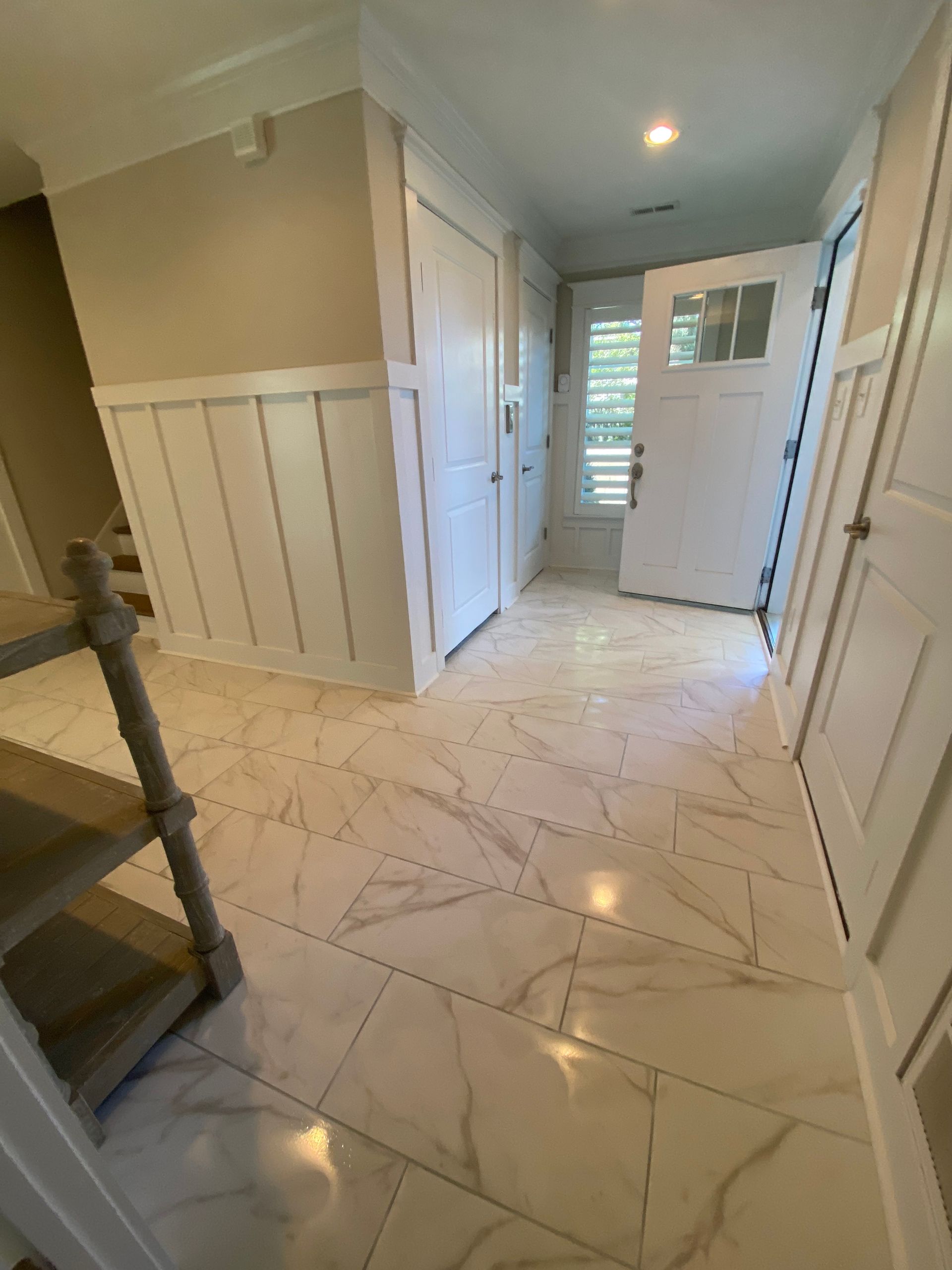
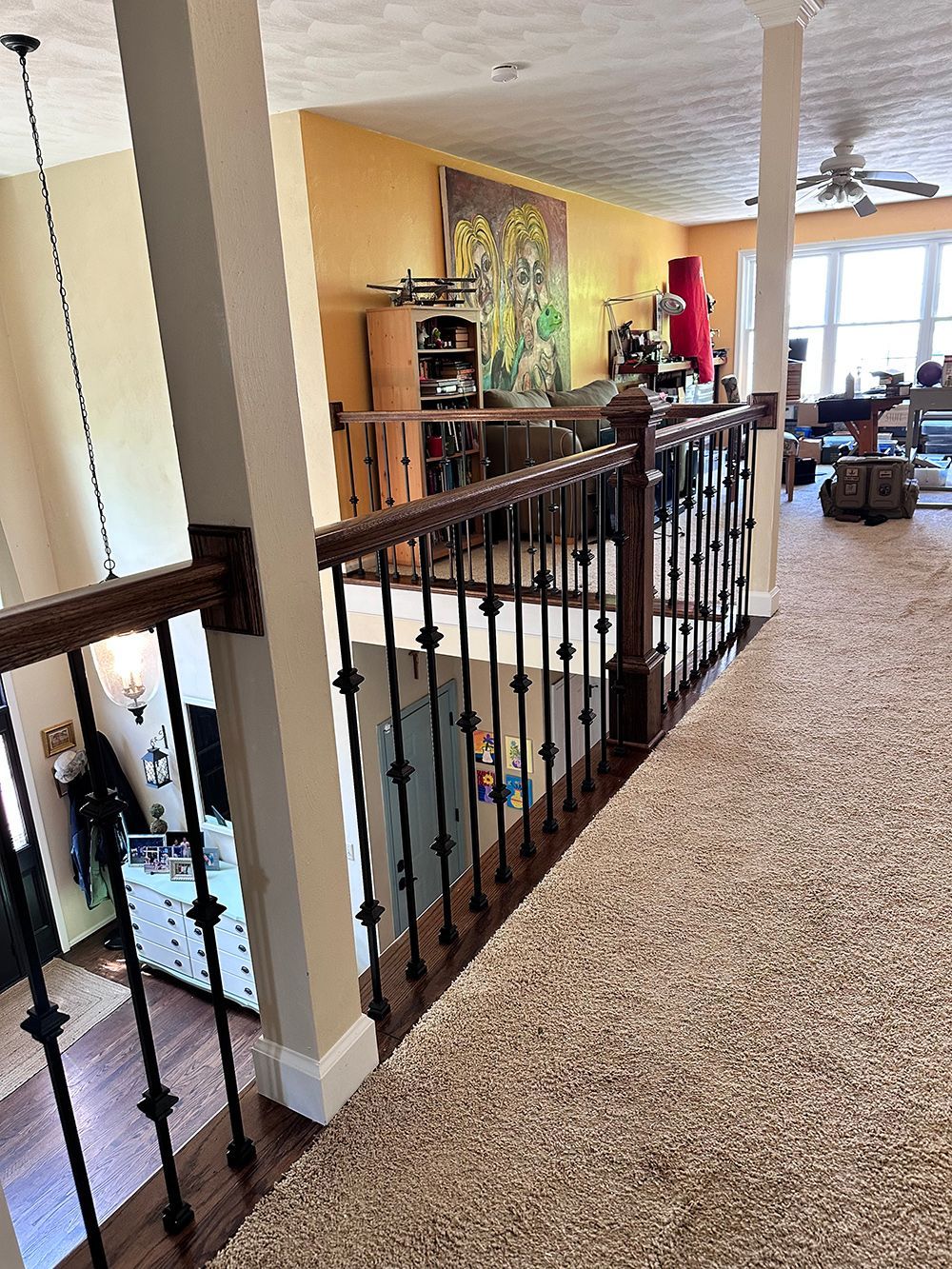
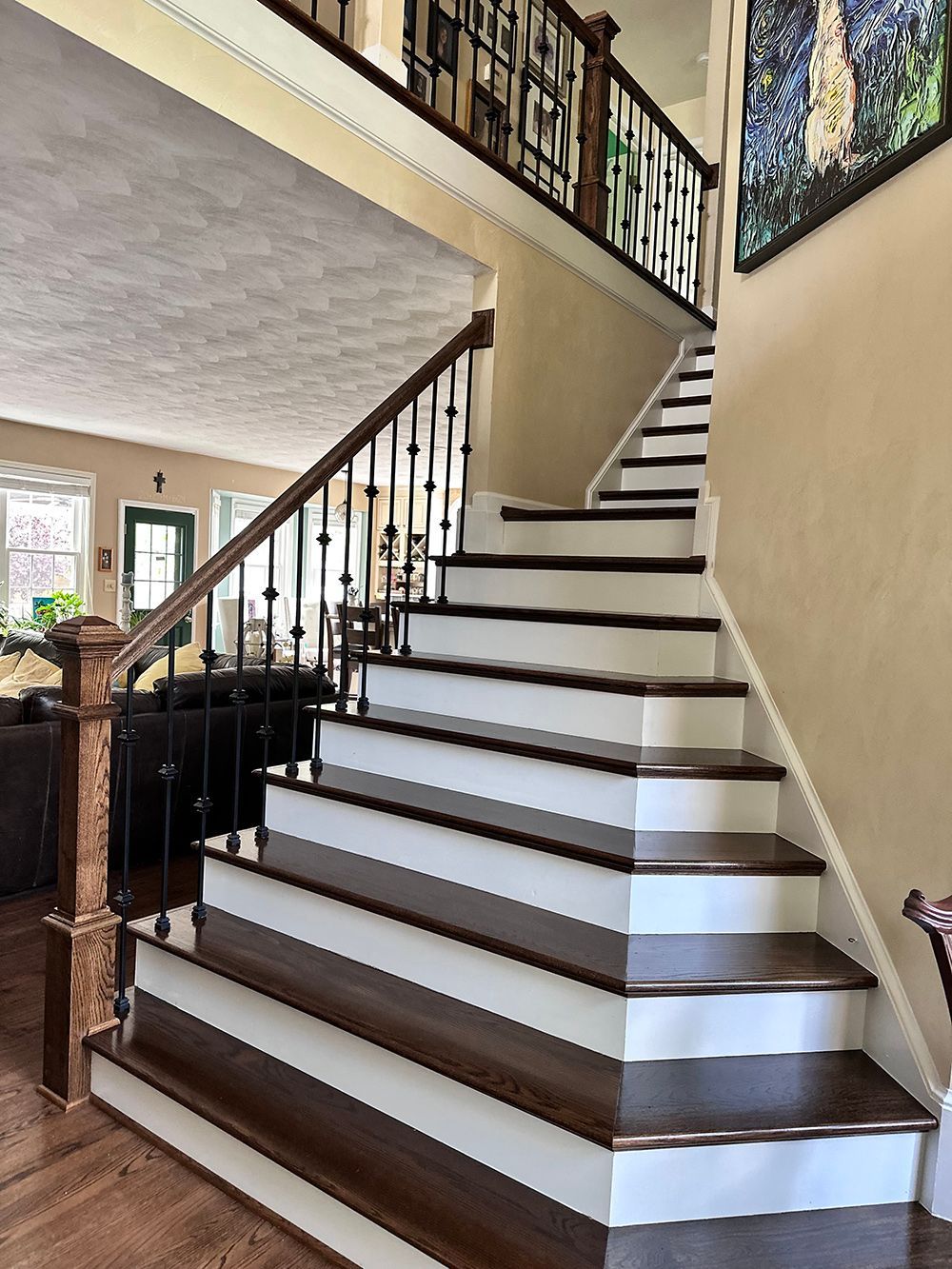
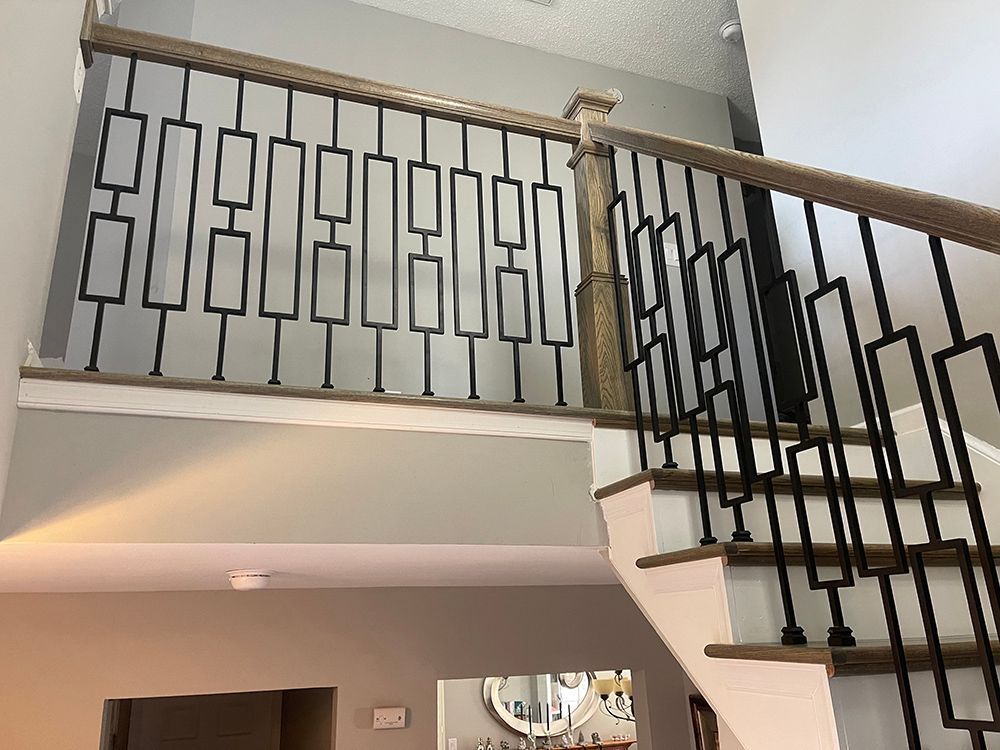
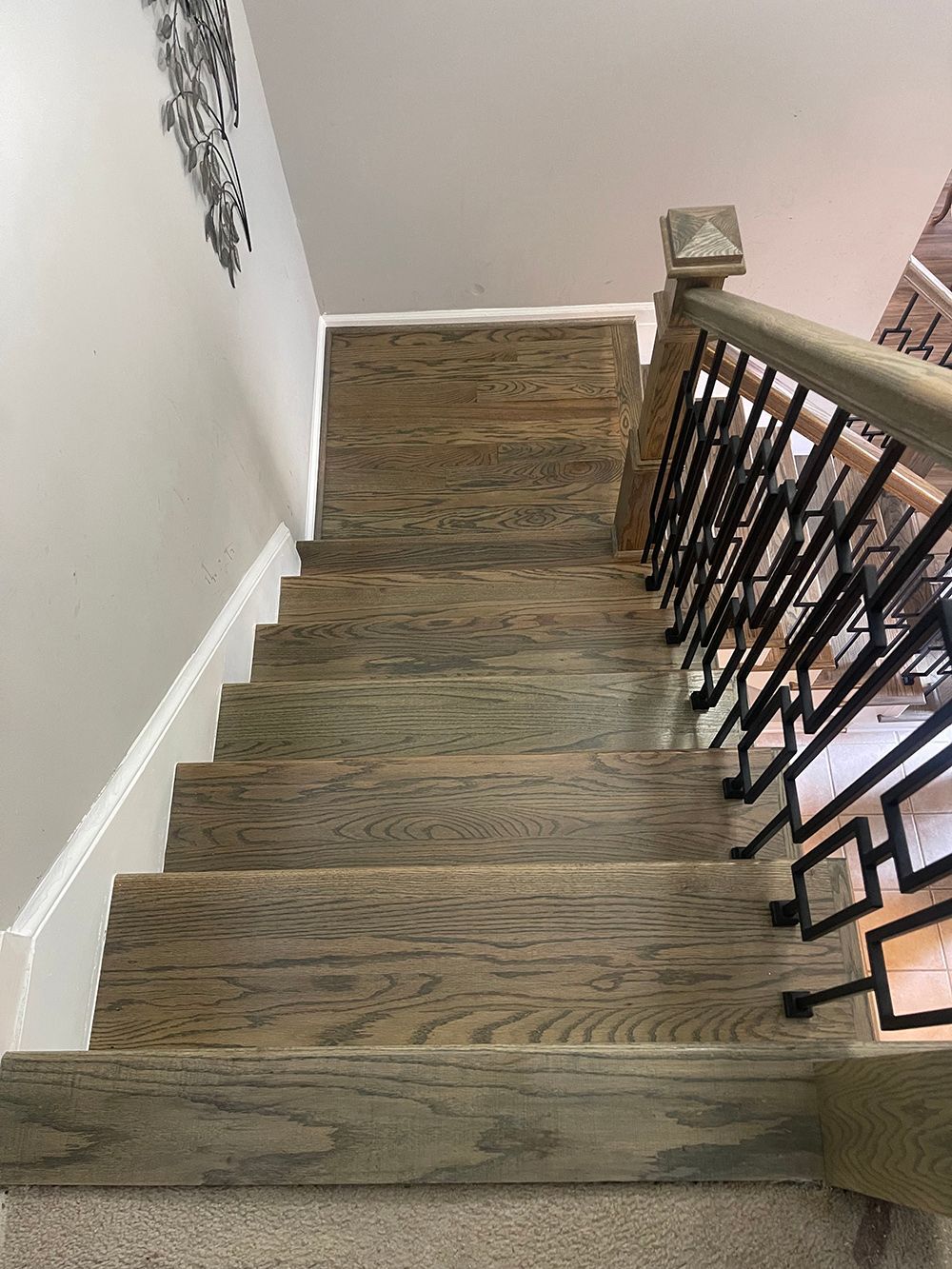
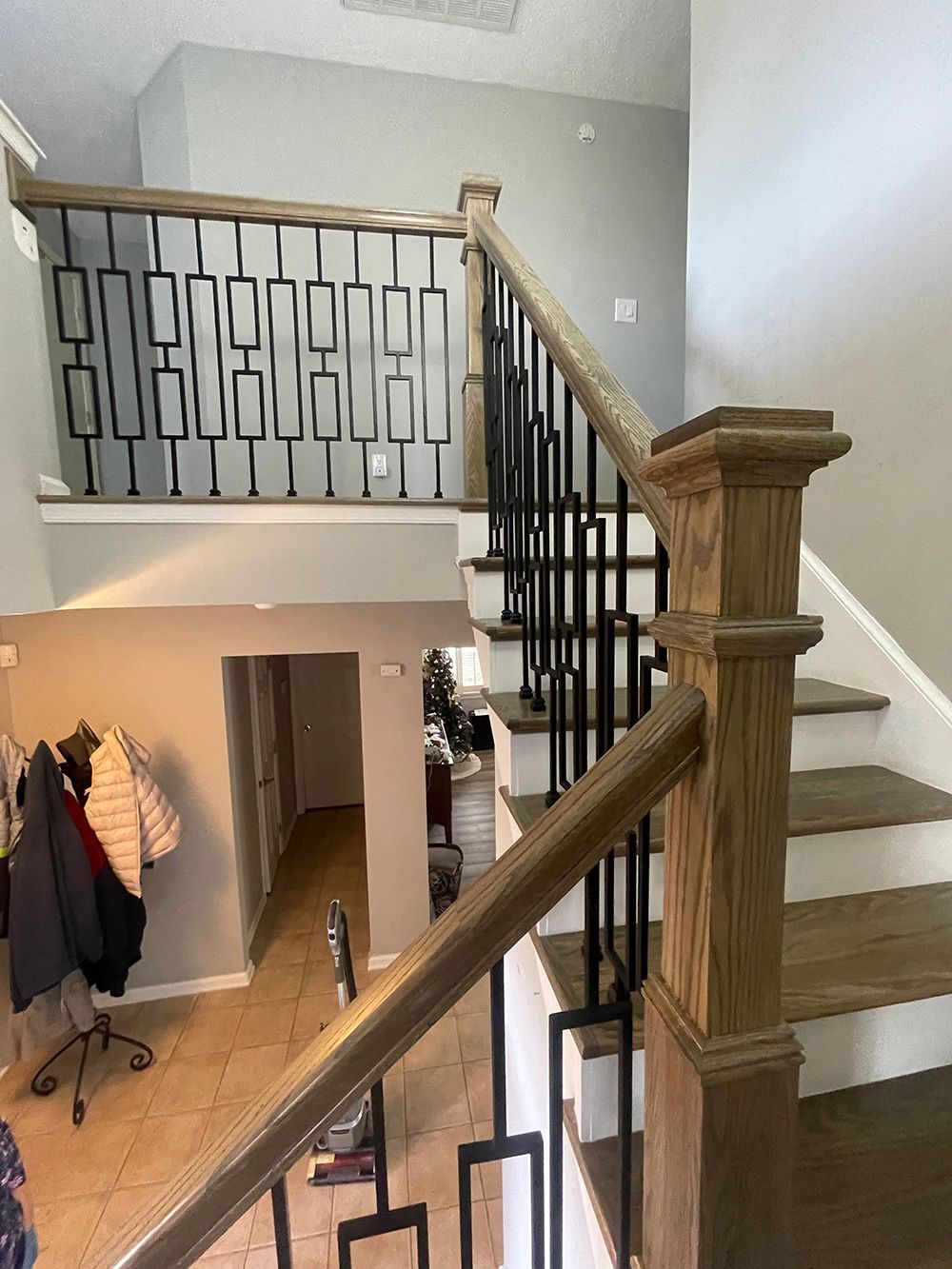
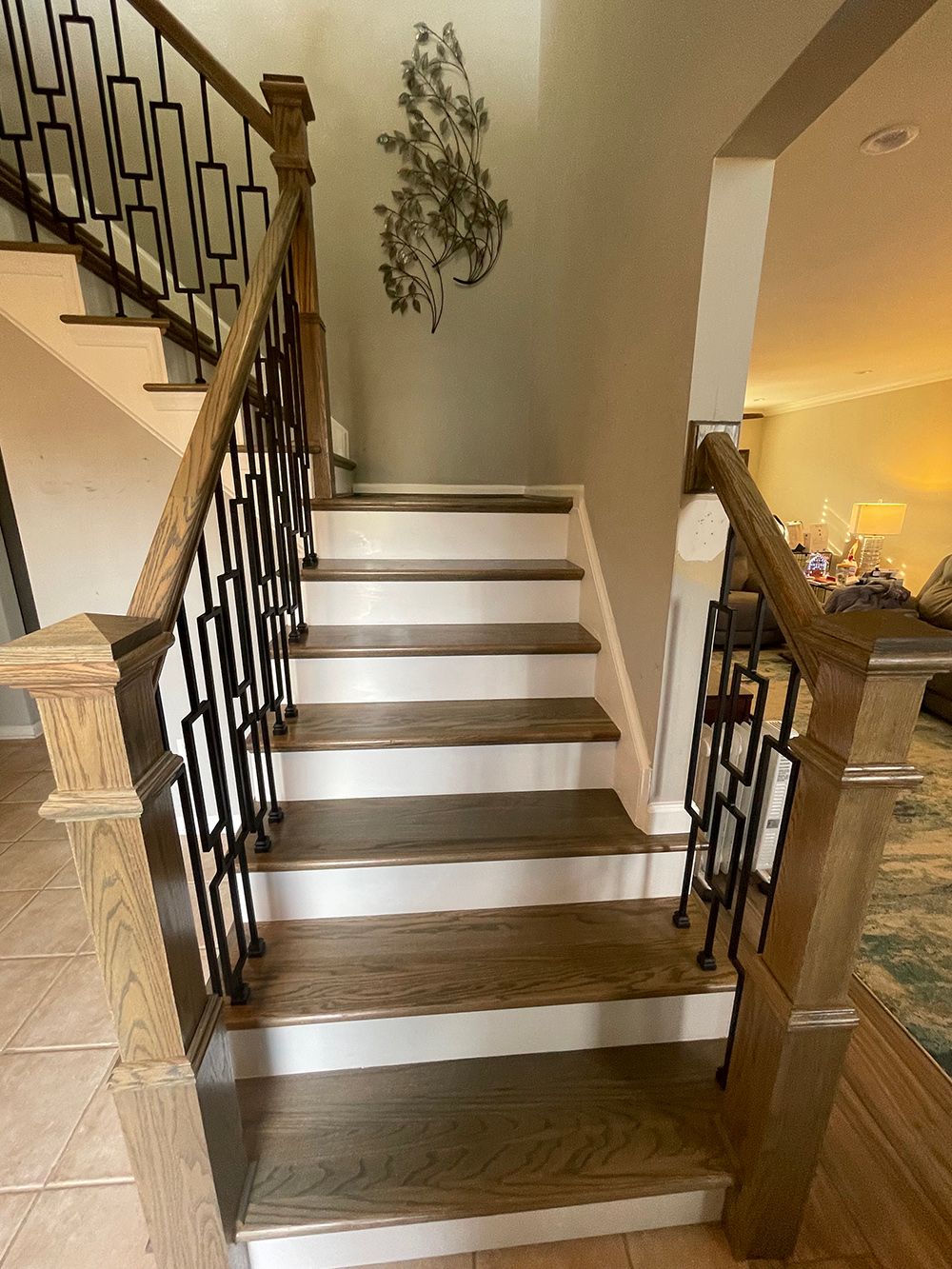
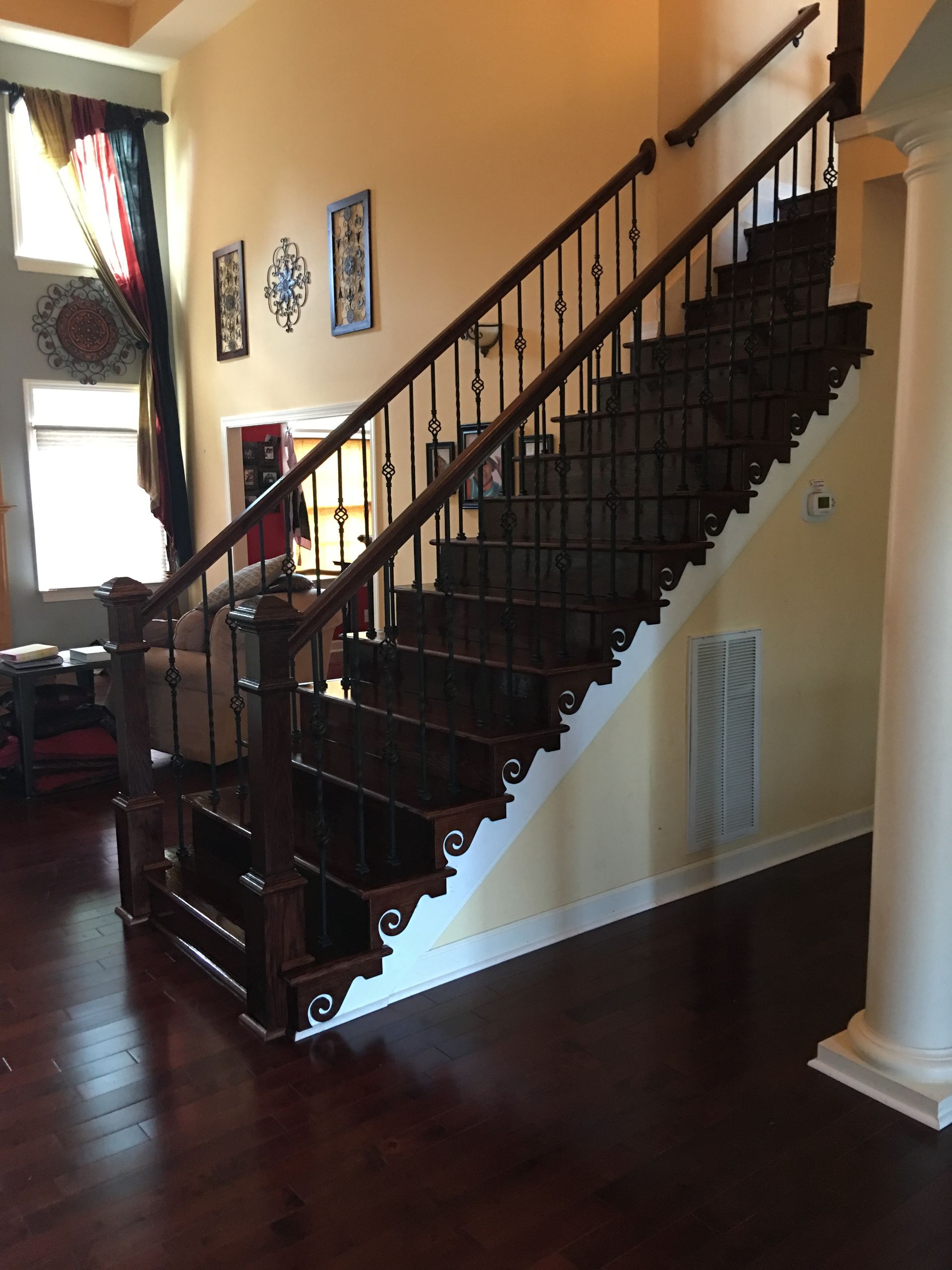

Share On: